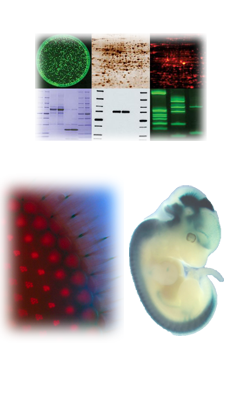

5-membered ring formsare called furanoses, while 6-membered rings are called pyranoses, after the compounds furan andpyran, respectively. Note here that for some carbohydrates, a mixture of 5-membered and 6-membered ringscan form, depending on which hydroxyl group forms the hemiacetal or hemiketal. This creates anew asymmetric carbon atom, creating two isomeric forms known as anomers, designated and .Cyclic forms of carbohydrates are presented as Haworth projections, indicating the stereochemistry of thehydroxyl groups. In aqueoussolution, most carbohydrates form cyclic structures by the formation of hemiacetals and hemiketals,involving the reaction of the aldehyde or ketone group with one of their hydroxyl groups. Present as monosaccharides (1 sugar), the smallest unit, disaccharides (2 sugars),polysaccharides (many sugars), linked togetherCarbohydrates can be classified into two groups, aldoses (that is, they are aldehydes, with a carbonylgroup at the end of the molecule) or ketoses (ketones, with a carbonyl attached to two carbon atoms).Different carbohydrates are distinguished by the relative orientations of their hydroxyl groups.

Also referred to as 'saccharides' and 'sugars'.Carbohydrate names contain the suffix 'ose'.Later found to be polyhydroxy aldehydes and ketones.The term 'carbohydrate' comes from the formula Cm(H2O)n suggesting 'hydrates of carbon', but.First we covered the nomenclature and classification of carbohydrates: Carbohydrates are the preferred carbonsources for many organisms. CMB 311 Fall 2017Monday, October 16Lecture 15 NotesCarbohydrates and Glycolysis IIn this lecture, we discussed carbohydrates and glycolysis.


 0 kommentar(er)
0 kommentar(er)
